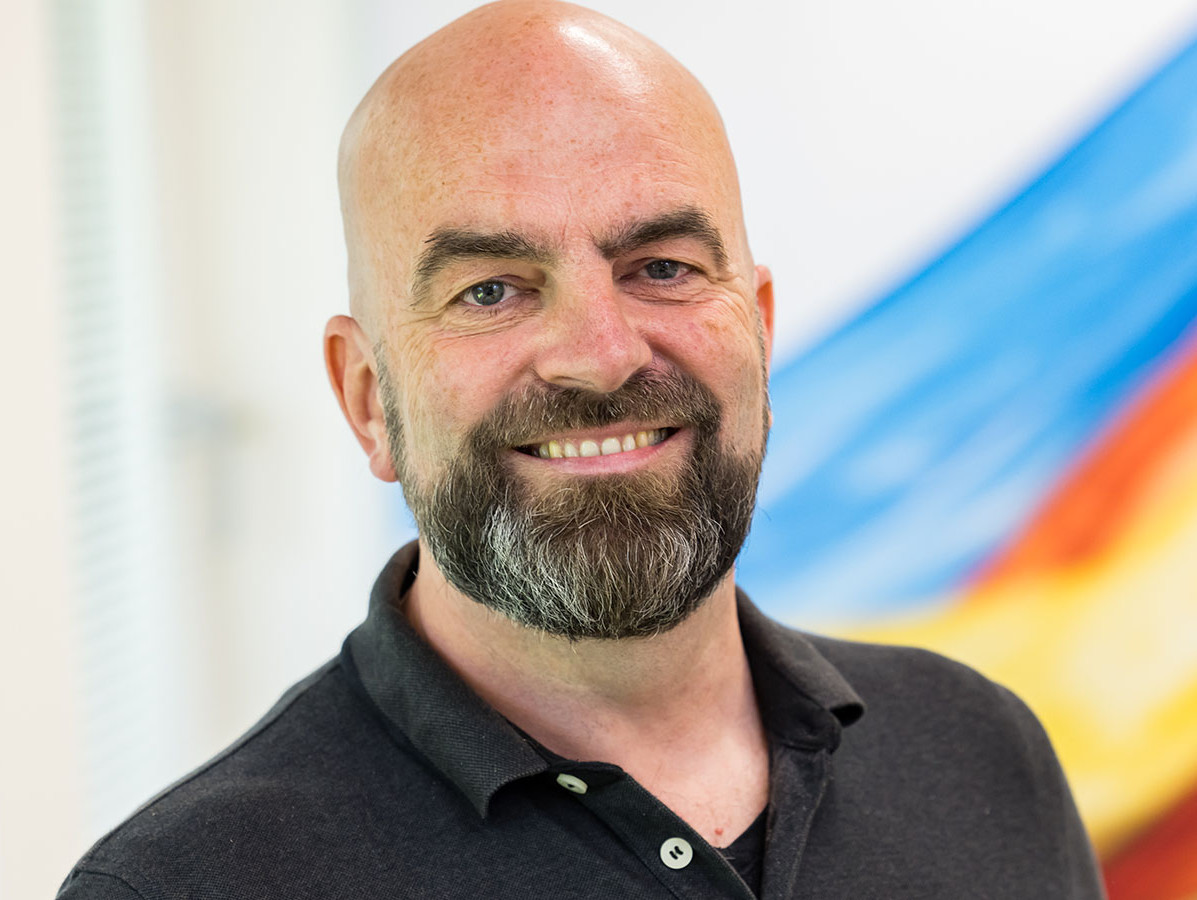
"Today, there are wonderful hygienically designed machines, equipment, and solutions available on the market. But that's not the end of it... That's just the beginning!" says Rinke Kortenbach from RBK. He explains where and why things often go wrong in practice. And, of course, how to prevent these issues.
"Hygienic design in 2023 means 'linking know-how and applying it integrally, ensuring a cooperative and functional whole'. A machine can be excellently designed, but if placed in the wrong spot, it won't function as intended. Where do you install it? How do you finish it? How do you ensure your zoning? Think about the drainage systems and the positioning of drains and gutters relative to the machines. But also consider the procedures, validation, and verification of cleaning. What do you do, how, and when? What instructions does the cleaning staff receive? All these are part of the hygienic design of your factory."
"In the past, the improvement points were mainly in the detailing, like unreachable cleaning surfaces. Or a sink with a European outlet underneath, in a cooled space, right in the cooler's draft, constantly covered in condensate. The electricity would cut out time after time due to the moisture. You get fed up, unplug it, and suddenly you have a double hygiene problem because now the sink doesn't work. Nowadays, there are few parties in the food industry that would still make these mistakes. However, I regularly see issues in food factories that could have easily been prevented."
"I was recently in a factory where there was an expensive, hygienically designed mixer. Unfortunately, the platform in front of it was a hygienic afterthought. A fixed staircase led to a diamond-plate platform, the underside of which was barely accessible. A cleaner had to literally lie on the ground to clean it properly. Conclusion: with this total solution, you might as well have not bought that expensive mixer. Another example: during a tour of a food company, I noticed neat finishing strips, beautiful sealant joints, a nice cooler. But then I saw something odd, and I could almost imagine how it happened. An installer working on the underfloor heating laid the pipes and brought them all together in one place. Beautifully done: right under the machine room. The floor was poured. Then the foreman comes along. He sees the situation and thinks: 'Oh no... the main distributor is right in the middle of the production area!' He considers rerouting the pipes, but he's standing there ankle-deep in mud... So no, he doesn't remove them. That thing is just there. And he has to move on. So now there's a main distributor in a very odd place, impossible to keep hygienically clean."
Rinke is on a roll. He has been visiting food factories for years, knows the pain points, and understands how easily things can go wrong. Examples of hygienic problem points are discussed at length. My ears are ringing.
"I think the root often lies in the pressure to make progress: driving the first pile into the ground as quickly as possible! Visible milestones give clients the feeling: 'Great, the project is progressing well! The faster my building is up, the sooner I can start delivering.' The downside of this pressure is that you can end up with a lot of trouble later in the project because many aspects weren't thoroughly considered. It's really worthwhile, and ultimately saves time and costs, to prepare a construction well and integrally. Maybe even start a bit later. As a food entrepreneur, you should always ask yourself: 'What is the role of my building in the cost price of my product?' A lot of aspects come into play here."
"We maintain close contact with the market. You'd be surprised at how much know-how exists within the technical departments of factories and among suppliers; in refrigeration technology, machines, insulation panels, floors, and so on. We often complement each other nicely in terms of knowledge and expertise. They are the ones called at 3 a.m. to provide solutions when something goes wrong. What we do is recognize, acknowledge, and integrate this knowledge. We capture all our collective know-how as much as possible in delivery descriptions."
"At RBK, all questions that are crucial for your construction and hygienic quality are addressed and answered by people who are in the same room. This benefits your preparation 100%, leading to fewer 'oh no' moments during construction and when the building is put into use. An additional advantage of this preparation is that we capture the plan in drawings and descriptions, so that the client can use them for tendering. The desired quality is then set in the contracts they can sign. These contracts are integrally thought through; they contain knowledge of mechanical engineering, electrical engineering, cooling, production, environment, automation, you name it. We brainstorm internally and externally. Together, we keep getting smarter. See us as a provider and connector of knowledge on the path to a hygienically manageable production.
Source: vakblad Voedingsindustrie 2023